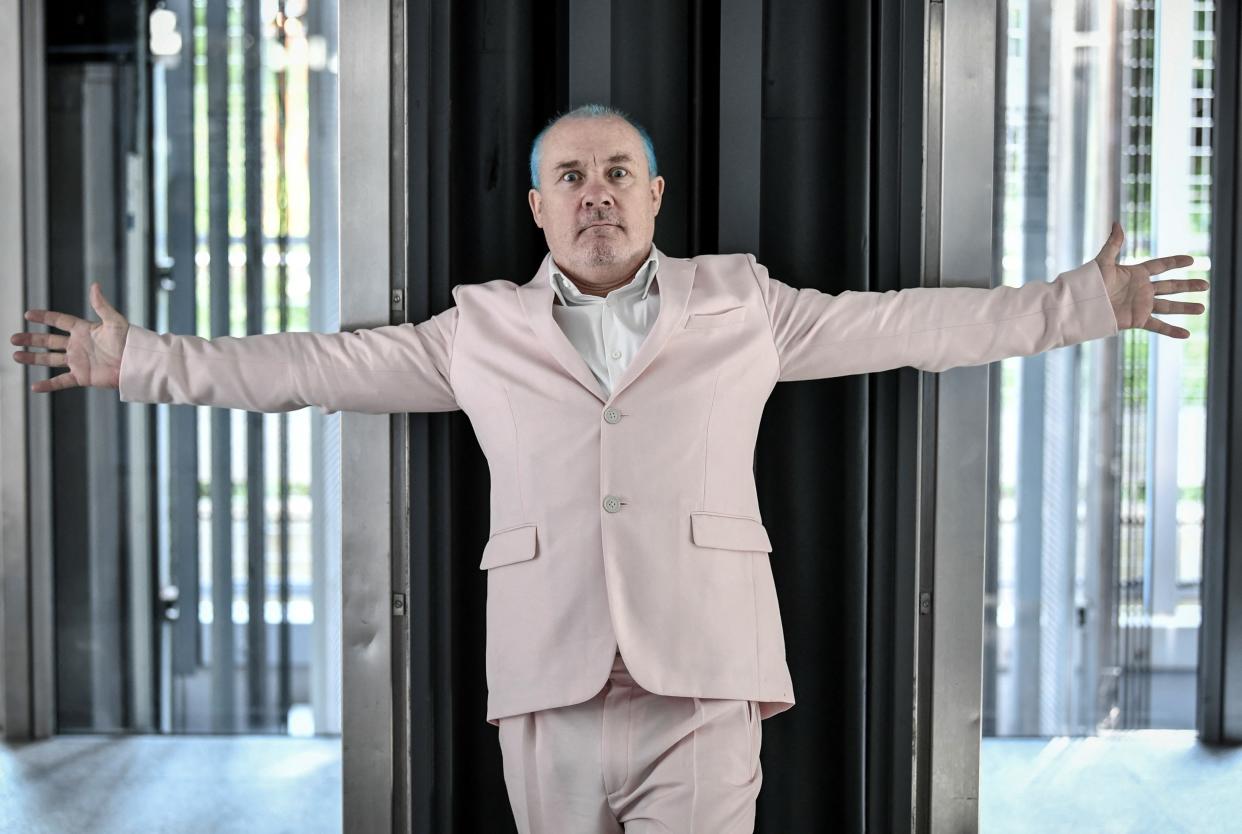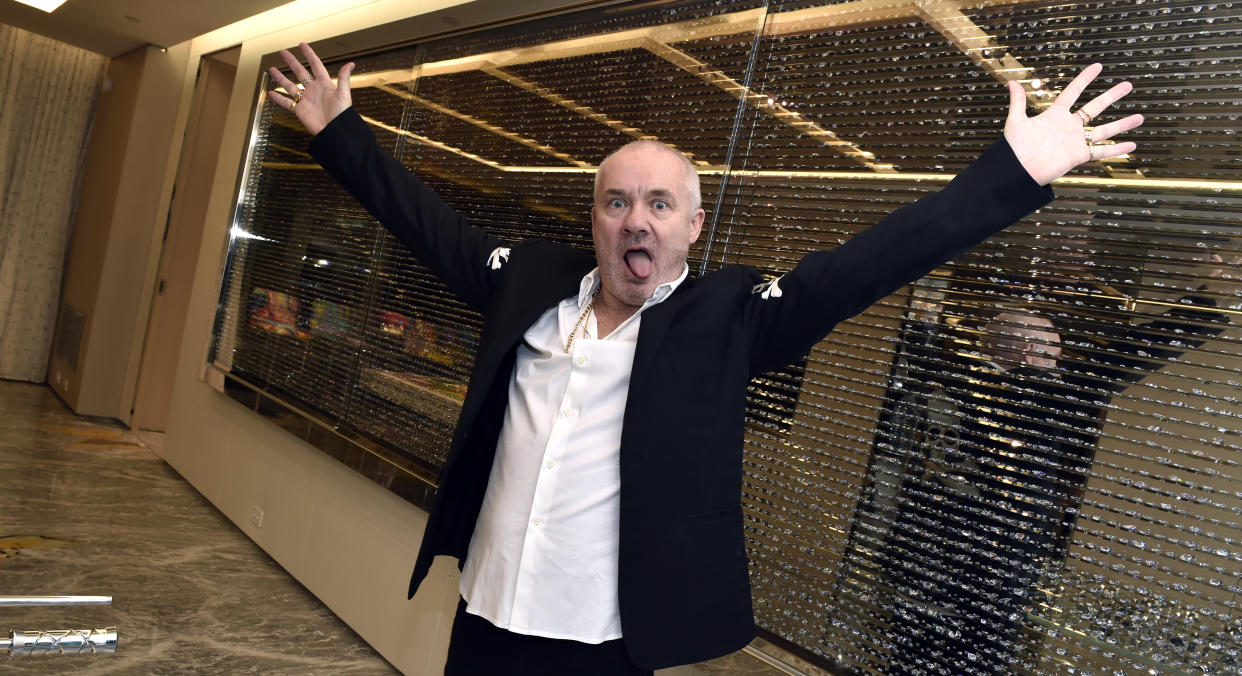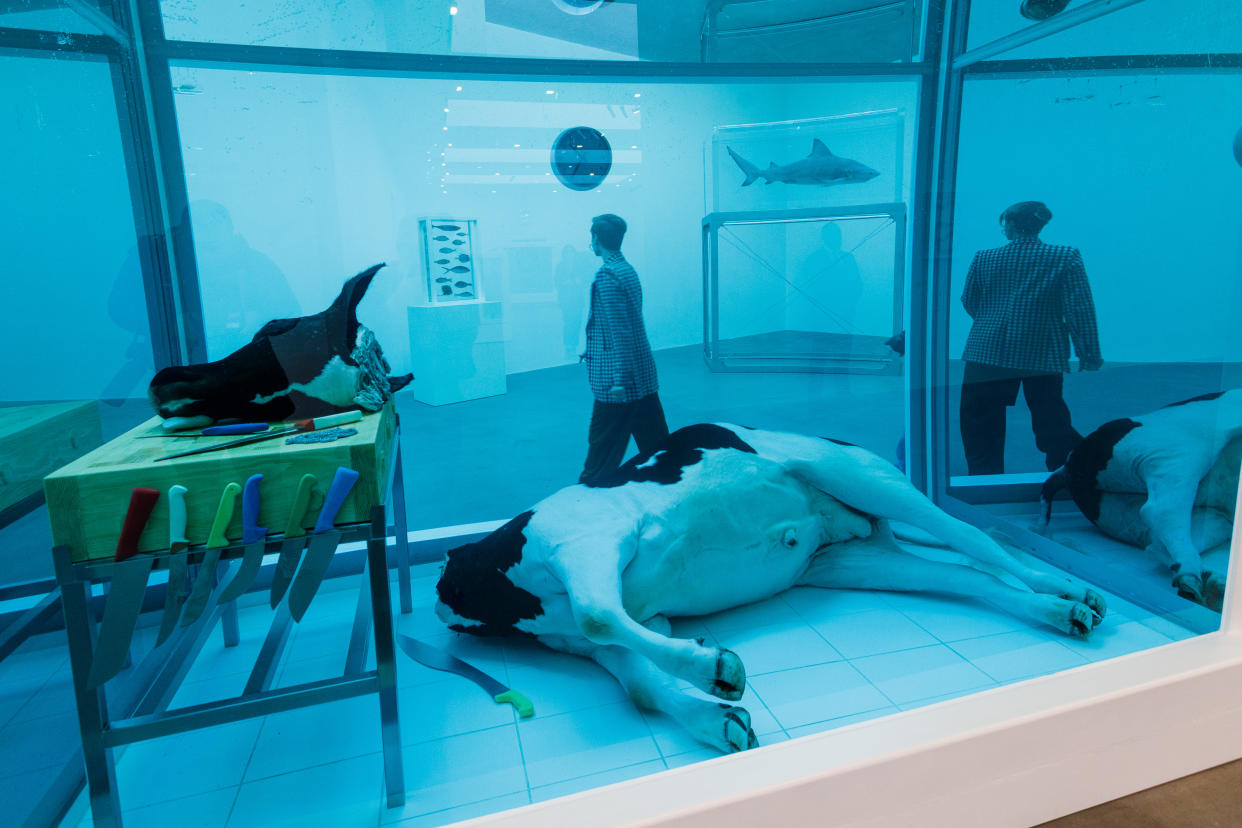Damien Hirst set to burn thousands of his own paintings

Damien Hirst has said he is going to burn thousands of his own paintings as part of a project looking at art as currency.
Hirst, who has been one of Britain's best known artists since the 1990's, plans to destroy the works of art at his own London gallery.
In 2016, Hirst created 10,000 individual dot paintings that were later sold as non fungible tokens (NFTs) for $2,000 (£1,662) each.
The buyers were then told they could either keep the NFT or exchange it for a physical painting, but would not be able to have both.
Read more: Live art installation sees 220 masked volunteers strip naked at Alexandra Palace
The split was roughly 50-50 with 4,180 people opting for a piece of physical art while the remaining 5,820 people chose to keep the NFT version.

The physical artworks, which are oil on paper, are to be set on fire daily from 9 September.
Hirst previously talked about the project with Mark Carney, the former governor of the Bank of England. He said: “It’s an installation, really, but like a global one … The involvement of everybody is part of The Currency project. It’s as much about the movement of the objects as it is about the objects.”
Hirst initially rose to fame in the early 1990's for displaying a shark submerged in formaldehyde, a piece that was later sold for $8m.
Some of his other most notable works include For the Love of God — a platinum cast of a human skull — and Verity, a statue on display in Devon.

Hirst is also considered one of the most controversial living artists and has been accused of plagiarism 16 times and much of his work has received negative reviews.
Hist is also open about the fact he does little of the actual making of his art, instead hiring an ensemble of assistants to put together the pieces he conceptualises.
Watch below: Damien Hirst exhibition dedicated to dead animal artworks opens in London


